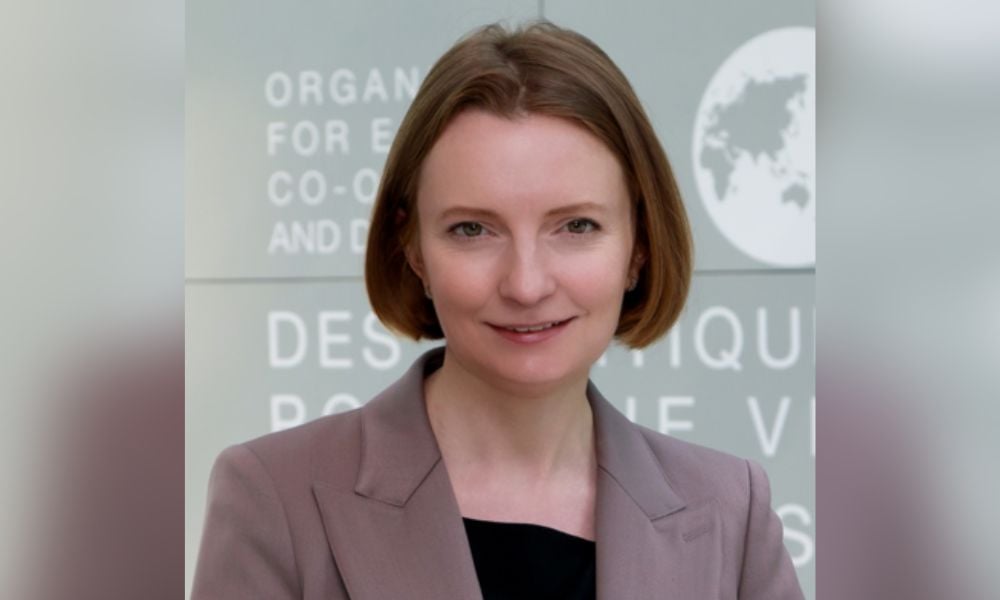OECD shares the latest figures

Global economic growth is maintaining its momentum despite an uneven pace across various countries and regions, with inflation still above target levels, the latest Interim Economic Outlook report from the Organisation for Economic Co-operation and Development (OECD) has shown.
The report forecasts global GDP growth of 2.9% for 2024, with a slight increase to 3% expected in 2025. Asia is set to continue as the main driver of global growth over the next two years, mirroring its performance in 2023.
The Australian economy is expected to see growth rates of 1.4% in 2024, improving to 2.1% in 2025.
On the inflation front, a gradual reduction is anticipated globally as cost pressures start to ease. For G20 nations, headline inflation is predicted to drop from 6.6% in 2024 to 3.8% in 2025. Similarly, core inflation in the advanced economies of the G20 is expected to decrease to 2.5% in 2024 and further to 2.1% in 2025.
“The global economy has shown real resilience amid the high inflation of the past two years and the necessary monetary policy tightening,” OECD secretary-general Mathias Cormann said. “Growth has held up, and we expect inflation to be back to central bank targets by the end of 2025 in most G20 economies.
“Monetary policy needs to remain prudent, though central banks could start to lower interest rates this year, provided that inflation continues to ease.”
The OECD report advises that monetary policy should remain vigilant to ensure a lasting reduction in inflationary pressures, with potential rate cuts in major economies contingent on ongoing disinflation. However, the pace of these reductions would depend on economic data and vary between economies.
Challenger chief economist Jonathan Kearns, in a report by The Australian, said it was “a critical year” for the RBA.
“There is a lot of uncertainty about how policy should go from here, so there will be some really challenging decisions for the board to make,” Kearns said.
“I think there’s a reasonable case that policy hasn’t been as tight as it needed to be, so we will get less disinflationary impetus from that. It’s going to take longer than the market predicts. I think we get, at best, one rate cut towards the end of the year.”
OECD chief economist Clare Lombardelli (pictured), meanwhile, emphasised the need for a long-term strategy to build a more sustainable and prosperous economy.
“Policy makers need to take action today to ensure sound public finances while maintaining and promoting measures to improve productivity and equip economies for the future,” she said.
Want to be regularly updated with mortgage news and features? Get exclusive interviews, breaking news, and industry events in your inbox – subscribe to our FREE daily newsletter. You can also follow us on Facebook, X (formerly Twitter), and LinkedIn.



